On May 1st, (2016) I set out a challenge to fellow researchers to answer two questions about James Churchward’s use of the Llakoff Island in his description of the Great Uighur Empire:
- Provide the real name of the island (the easy part,) and,
- Provide the name of the earliest written account that James may have used as a reference in his description of the island, as well as author’s name, publisher (if known,) and page numbers.
I allowed a month for the answer to be emailed and received no responses.
The first question was answered and posted in a Facebook group and in a comment to the blog posting- it is the Lyakhovsky Islands, also spelled:
- Lachow Island from Narrative of an Expedition to Siberia and the Polar Seas (1840) edited by Major Edward Sabine
- Laechow Island from The Museum of Foreign Literature, Science And Art Vol X (1840)
- Lachoff Island from Overland Through Asia (1870) by Thomas Knox
- Ljachoff’s Island from The Voyage of the Vega Around Asia and Europe (1885) by A.E. Nordenskiold
- Liachof Island from The Mammoth and the Flood (1887) by Henry H. Howorth
- Liakhov Island from the novels Waif of the Cynthia (1885) and César Cascabel (1890) by Jules Verne
The second question, where could James have read about an island made up of the bones and tusks of mammoths and other forest creatures? Or that ice was not involved in the flooding since it would have mashed up all the bones.
The novels by Jules Verne say the islands are made of whale and mammoth bones, but nothing about a flood.
Several of the books listed above quote from the account of Sannikow (Sannikov), a companion of the explorer Hedenstrom,
In quantity, however, these bones increase wonderfully to the northward, and, as Sannikow expresses himself, the whole soil of the first of the Lachow Islands appears to consist of them.
Narrative of an Expedition to Siberia and the Polar Seas
and
In the words of Sannikow, one of Hedenström’s companions, “the first of the Laechow Islands is little more than one mass of mammoth’s bones,” and though for upwards of eighty years the Siberian traders have been bringing over annually large cargoes of them, there appears as yet to be no sensible diminution in the apparently inexhaustible store.
The Museum of Foreign Literature, Science And Art Vol X
In The Living Age Vol. 204 (1895), a story (Treasure Islands in the Polar Sea) discusses the presence of the bones as follows:
We cannot fully answer these questions. It seems probable, however, that great floods of rushing water must poured over these lands, and great invasions of the waters of the ocean must have inundated them. In these tremendous deluges the elephants, rhinoceroses, and buffaloes were destroyed and their carcasses were piled up in heaps in the places where they had congregated to take refuge from the rising waters. When these deluges subsided and the waters retired, the lands were covered with remains of the drowned animals, in some as yet unexplained manner the climate changed and northern Siberia which was formerly a beautiful and verdant region became an icy wilderness and a land of death.
In The Mammoth and the Flood (1887), Howorth states as follows:
So it is clear that at the time when the elephants and trunks of trees were heaped tip together, one flood extended from the centre of the continent to the furthest barrier existing in the sea as it now is. That flood may have poured down from the high mountains through the rocky valleys. The animals and trees which it carried off from above could sink but slowly in the muddy and rapid waves, but must have been thrown upon the older parts of Kotelnoi and New Siberia in the greatest number and with the greatest force, because these islands opposed the last bar to the diffusion of the waters.”
Is there a smoking gun to provide the precise wording? Maybe, but I didn’t find one complete passage to match what James wrote.
It is clear that Howorth in The Mammoth and the Flood wrote about a north-bound flood and also quotes Sannikow about the composition of the islands being comprised of mammoth and other animal bones.
Maybe The Mammoth and the Flood is the smoking gun being sought and the answer to the second question.
Of course, if anyone is interested and comes up with a better answer, I am all ears.
Have a great day.

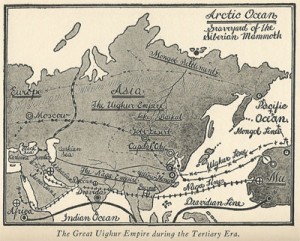

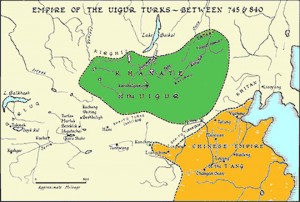
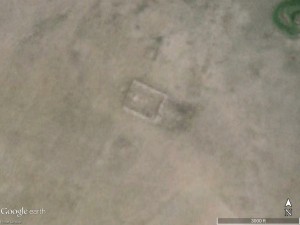

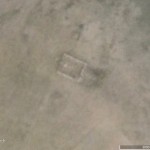
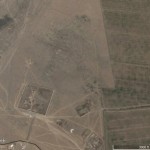
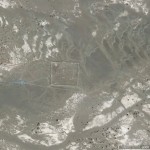


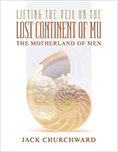



 RSS - Posts
RSS - Posts